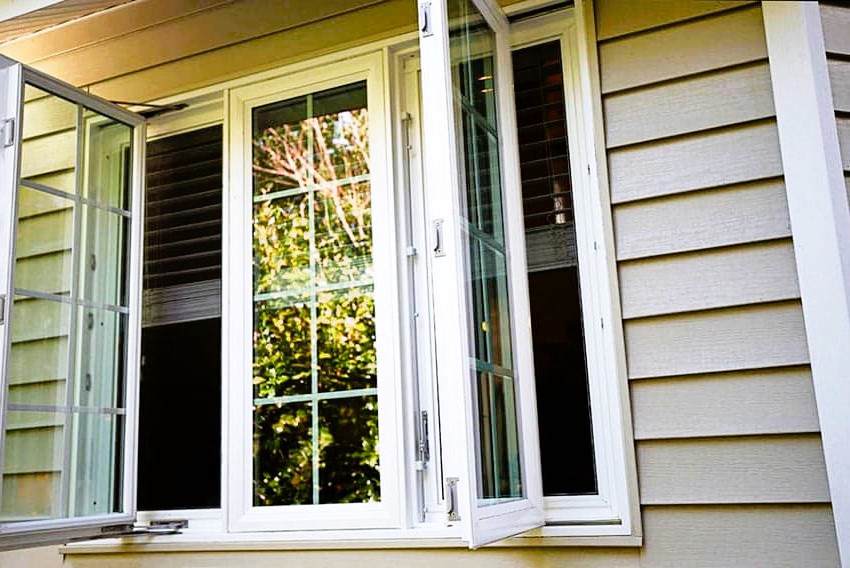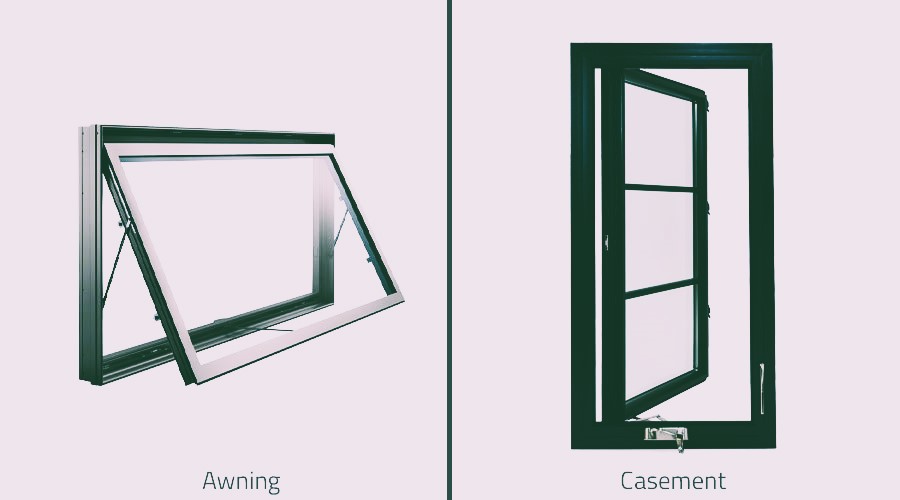Windows play a crucial role in defining the aesthetics and functionality of a home. Among the various window styles available, casement and awning windows stand out as versatile and practical options. In this article, we’ll explore the unique features, benefits, and design possibilities offered by casement and awning windows.
Casement Windows: Classic Elegance and Fresh Air

Casement windows are hinged on one side and open outward with the help of a crank or lever. They are known for their classic and timeless appearance, making them a popular choice for both traditional and contemporary homes. Here’s why casement windows are a fantastic addition to any space:
1. Excellent Ventilation: Casement windows can open wide, allowing fresh air to circulate freely. This feature makes them an ideal choice for rooms that require good ventilation, like kitchens and bathrooms.
2. Energy Efficiency: When closed, casement windows create an airtight seal, minimizing drafts and improving energy efficiency. This helps keep your home comfortable year-round while potentially reducing energy bills.
3. Unobstructed Views: With no muntins or grids obstructing the glass, casement windows provide clear and unobstructed views of the outdoors, allowing more natural light to enter your living spaces.
4. Versatility: Casement windows can be customized to fit various architectural styles, from colonial to modern. They can also be paired with other window styles to create unique combinations.
Awning Windows: Fresh Air in Any Weather
Awning windows are hinged at the top and open outward, creating a protective awning-like effect. These windows are known for their functionality and ability to provide ventilation even during light rain. Here’s why awning windows are a smart choice:
1. Weather Resistance: Awning windows are designed to keep rain and snow out while allowing fresh air in. This feature is particularly useful for regions with unpredictable weather.
2. Privacy and Ventilation: Awning windows can be placed higher on walls to maintain privacy while still providing ventilation. They’re great for bedrooms, bathrooms, and other private spaces.
3. Energy Efficiency: Like casement windows, awning windows seal tightly when closed, reducing energy loss and enhancing insulation.
4. Unique Design: Awning windows add a distinctive and charming element to your home’s exterior. They can be paired with other window styles for a custom look.
Design Possibilities

Both casement and awning windows offer opportunities for creative design and customization:
- Grilles: You can add grilles to replicate the look of traditional divided-light windows or create custom patterns to match your architectural style.
- Frame Materials: Choose from a variety of frame materials, including wood, vinyl, aluminum, or fiberglass, depending on your aesthetic preferences and maintenance requirements.
- Hardware and Finishes: Customize the hardware and finishes to match your interior and exterior décor.
In conclusion, casement and awning windows combine style, functionality, and versatility. Whether you’re looking to enhance your home’s appearance, improve ventilation, or increase energy efficiency, these window styles have you covered. Consult with a window professional to determine the best options for your specific needs and transform your home with the elegance and practicality of casement and awning windows.
